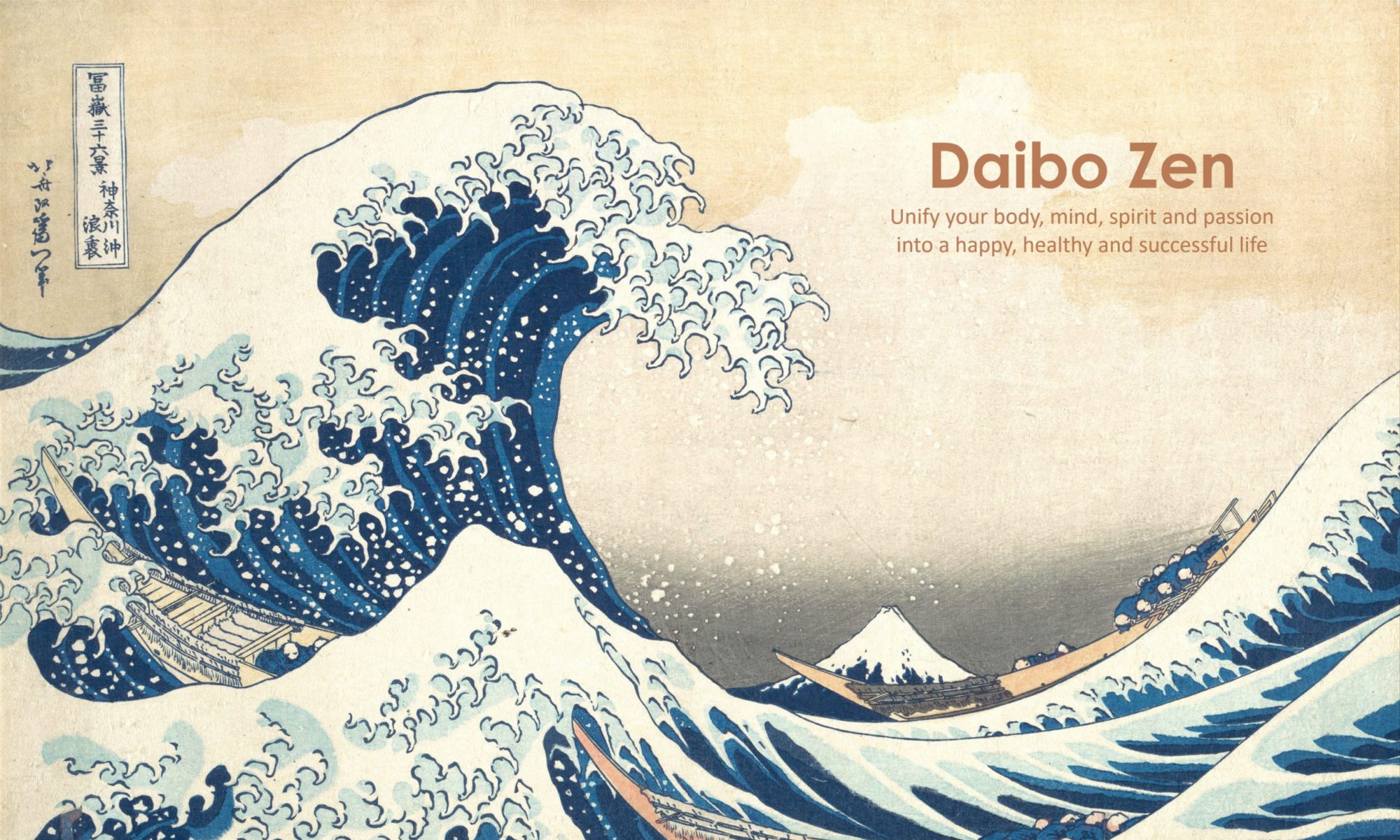
As we previously discussed in Part 1 – “Where do you put your Energy?” of The Free to Be Blog (energy series), our existence is potentially made up of energy constituting four distinct and inseparable aspects of our lives: Body, Mind, Spirit, Passion and posited how do we know where to put our attention and focus to fully manifest Buddha nature as it arises? In Part 3 – Mind (air) Energy, we will discuss this most complex manifestation of energy in our lives. As we previously discussed,
The Air element represents Mental (Mind) energy – exhibits mobility. The intellectual, rational and verbal communication, decisive and aggressive. Mental (Mind) energy symbolizes the lightning action of communication and the righteousness of the spirit. It gives evidence and asserts authority sets the laws and defines the rules. It cuts through, in a decisive way, to open and clarify action.
Being that the Mind is the gateway to communication and understanding, the energy associated with our mental lives has a profound impact on our ability to reason and express the reality we perceive. That being the case, I believe we can train our thought to align more accurately with the lives we are experiencing by engaging in two simple mental activities:
Poetic Visualization – Select an object, preferably in nature such as a tree, rock or stream. Any object will do. Spend 5 minutes intently studying the objects in all its facets. How does the object make you feel, in your body? This is called The Felt Sense (more on this later). Does the object spur any thoughts (do not let your mind wander, come back to the object)? This is called conceptual blending (more on this later). Does the object prompt any actions on your part? How does the object make you feel emotionally? Once you have completed the 5-minute exercise, write a poem expressing your experience. Preferably a Haiku (easy poem of three lines, 5 – 7 – 5 syllables per line). As the great Haiku master Basho was once quoted,
“The Master said, ‘Learn about a pine tree from a pine tree. Learn about a bamboo stalk from a bamboo stalk. What he meant was that the poet should detach his mind from self and enter into the object, sharing its delicate life and feelings. Whereupon a poem forms itself.”
“Description of the object is not enough: unless the poem contains feelings, which have come from the object, the object and the poet’s self will be separate things”. – Bashō, On Love and Barley
Meditation – Find a quiet place to sit in any sitting posture which is comfortable. Spend 5 minutes focusing on your breath. Start with the concentration of your mind focused on your breathing. Count both inhalations and exhalations. When you inhale count in your mind “one” and when you exhale count in your mind “two” until you reach “ten”. If random thoughts come into your mind, go back to “one” again. Once you have completed your 5-minute meditation, journal your experiences. How did the meditation make you feel, in your body? Were you able to control random thoughts or did your mind wander? Did the meditation prompt you to revisit any pre-conceived patterns in your life? How did the meditation make you feel emotionally?
These questions will lead to many others and potentially begin to free us from habitual ways of thinking about things and our automatic responses to situations. If we take the time to slow down and authentically reflect on the different aspects of our Mind Energy, we can begin the process of balancing this energy as well as beginning to integrate and unify all the energies of our lives.
Thoughts? Comments?
Please visit my Blog at Daibozen.com for more information.
